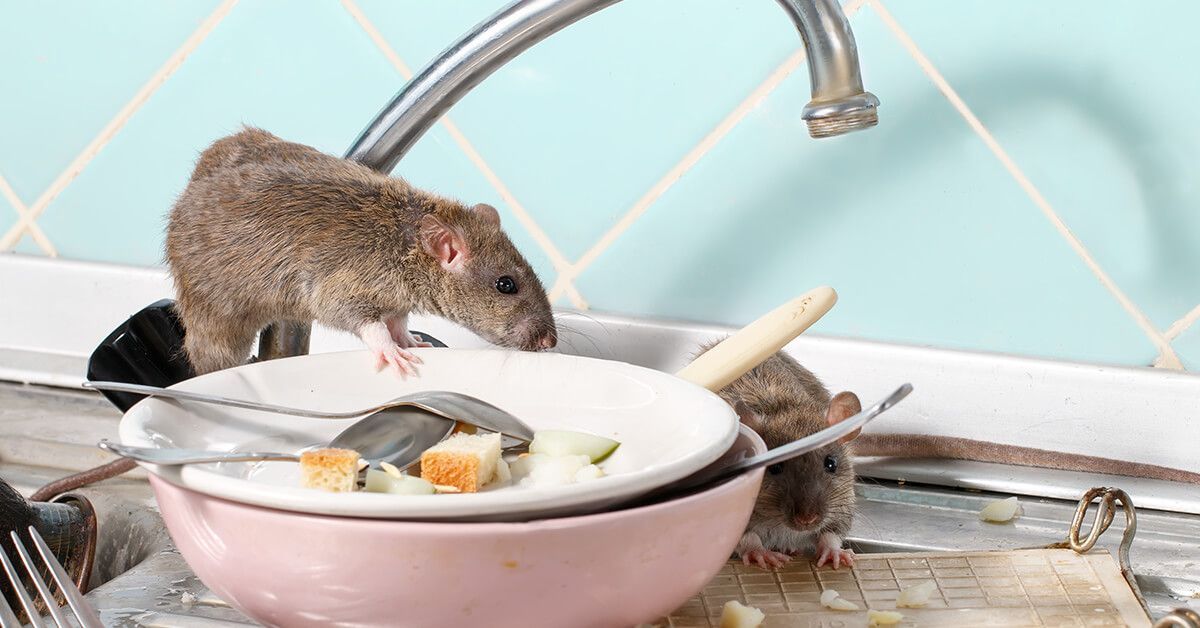In the United States, termites cause more than $1 billion in damage annually. As a result of having to repair damaged wood within their homes, individual homeowners frequently find that they are contributing to that number. Fortunately, there are methods for both treating and preventing termite infestation. This article will lead you through the many termite management choices so you can understand how to kill termites, get rid of termites, and stop termites from causing damage to your house.
HOW TO SPOT TERMITES
Without a closer look, you can confuse termites for flying ants due to their appearances, which are quite similar. You must correctly identify the insect that is causing your infestation if you want to address your pest problem efficiently.
Ants:
- Body: The constricted abdomen and thorax are distinct.
- Wing: The front pair of wings is somewhat bigger than the back pair and barely bigger than the body.
- Antennae: Unique antennae with an extended first segment have an elbow form.
Termites:
- Body: A continuous, thick section with no identifiable waist is the ribbed abdomen.
- Wing: The length of the body is equaled by two pairs of vein-filled wings.
- Antennae: The eyes on antennas are absent, and they are straight and fairly short.
What exactly are termites? There are a variety of clues that point to the existence of termites in addition to their ability to be seen. Mud tubes, which have a diameter of as little as 1/4 inch, are frequently constructed by termites to connect the ground to your home, garage, or other wooden structure.
By lightly touching on wood buildings, you may examine them attentively for indications of deterioration. You may have termite issues if a sturdy beam sounds hollow. Reproductive termites shed their wings as they choose a new location to establish a colony, hence the presence of shed wings is a visible indicator that termites may be present in the home.
- Tunnels are active if mud tubes are damp.
- Look for termite colonies by inspecting outdoor electricity meters or fuse boxes.
- Look for evidence of entry in the joints and cracks in the foundation of your home.
- Look for mud tubes, water leaks, or wood rot in your attic.
TERMITE TREATMENTS
Even though you should leave termite removal to the experts, being aware of the techniques they’ll employ will allow you to understand how to get rid of termites, the best ways to handle the issue, and how to stop it from happening again.
Using a termite pesticide, such as imidacloprid or fipronil, to treat the soil surrounding your home is one common way to get rid of termites. If there are termites inside the wood, it can also be treated directly.
To attract termites inside, termite baits are spread strategically across your yard. Once there, a slow-acting pesticide or insect growth regulator is applied to the termites. The other termites are then poisoned when they return to the colony.
- It is possible to inject foam agents into spaces where liquid insecticides cannot.
- In places where liquid or foam are impractical, dust agents can be used.
- Fumigation eliminates every termite in a space but cannot stop them from returning.
- Once soil has been chemically treated to avoid termites, don’t disturb it.
TERMITE PREVENTION
You may save a significant amount of money by taking precautions against termites. Eliminating damp places around your home is crucial to termite prevention since termite colonies absolutely require moisture to exist and develop.
- To make sure that the ground next to your home stays dry, look for plumbing leaks, uneven grading, and leaking air conditioners.
- Limit the amount of wood that touches the ground.
- If you have wood contacting the ground, try to replace the soil surrounding your house with sand. Sand is too soft for termites to dig tunnels in.
- Keep firewood away from your home and clear your yard of tree stumps.
- Give wooden decks, porches, and patios a minimum of 6 inches of space between them and the ground.
- When building a new home or remodeling an existing one, treat wood for termites and think about using termite-resistant wood where it must touch the ground.
- Clear gutters and drain spouts often to avoid water accumulating.
- Regularly get your house examined.
- Cover vents and other outside openings on your home with termite-resistant steel mesh. This will provide airflow while limiting hazardous pests’ easy access.
Termites can be permanently kept away from your home if you take the required precautions, maintain your outside home, and avoid termites. To prevent termites, have a professional inspect your home regularly. Call Local Exterminator for all your termite inspection and prevention needs.




